
In 1977, Michael Rectenwald was a disenchanted pre-med student with a secret passion for poetry—Allen Ginsberg and his influences in particular. After a couple of years of covertly consuming, studying and writing poems, he found his interest in medical school had entirely evaporated, so he left school and dove further into writing, eventually sending a letter and some of his poems to Ginsberg himself. Not only did Ginsberg write back, he invited Rectenwald to apprentice him at the Jack Kerouac School of Disembodied Poetics at Naropa Institute in Boulder, Colorado.
Describing his fellow classmates as “a hodgepodge of Buddhists, failed and former beatniks, wannabe poets, acid trippers, mushroom poppers, Carlos Castaneda aficionados who thought they could fly, and many stripes of New Ager,” Rectenwald was thrown into an erratic world of “creatives” head first. He thrived, developing both a meaningful relationship with his mentor and practicing his craft, despite the frequently turbulent environment.

For example, one of Rectenwald’s “tasks” was watching over Billy Burroughs, Jr., son of William S. Burroughs. Traumatized by an unstable childhood and the death of his mother at the hands of his father, Billy’s mental and physical health had deteriorated exacerbated by alcoholism and a speed addiction his father had encouraged him to cultivate—the senior Burroughs saw drugs as a creative muse. Eventually Billy fled to Florida and died of cirrhosis shortly thereafter, though not before leaving a suicide note, which Rectenwald still possesses.
Eventually Rectenwald went back home and returned to school, this time for a B.A. in English from the University of Pittsburgh. His experience with Ginsberg, while formative, had been disorienting. In 1994, Rectenwald and Ginsberg met again for an interview, which you can read below. This is the first time it has run in print, and the warmth and the familiarity of their interaction is apparent as they meander from politics to the drug war to Buddhism to William S Burroughs.
Michael Rectenwald has since gone on to publish his own poetry and fiction. He has also taught, and produced scholarly work on academic writing, and the history of science and secularism (guess pre-med really did end up coming in handy). He hopes to complete his next book—on his experience with Ginsberg—soon.
M: Hello Allen.
A: Hi, Hello.
M: How are you doing?
A: Well, I just came back from a Chinese restaurant with an old painter friend whom I haven’t seen in New York in thirty years. Robert Levin who was a court painter for all the Beat generation and San Francisco renaissance poets like Kerouac and Gary Snyder and John Wieners. So he just arrived in New York for the big Beat generation festival at NYU and him and I went out to summer tonight.
M: and you hadn’t seen him in how long?
A: Well we’d seen each other in Seattle where he was, but I hadn’t seen him in New York, I guess for I guess thirty years or so, since the 60s.
M: Wow, and the Beat generation and legacy and celebration is taking place, actually as this interview is airing. I’ve got the schedule here in front of me and it looks like it’s quite of an array… everything from academic presentations to…
A: Art shows, particularly. There will be a reading at town hall with Gregory Corso and Ann Waldman and myself, Dave [inaudible], Michael McClure…
M: Ferlinghetti with paintings?
A: Ferlinghetti is both poetry and paintings. Almost everybody. It’s a show of… it began in the school of education and art. It began as an art show to show paintings by Ferlinghetti and Burroughs and water colors by Gregory Corso and photographs by me and Albert Franken and others.
M: Yeah, you’re quite photographer too. I don’t think everybody knows that.
A: There is a new big book out by Chronicle Books that is [inaudible]. It is back on the stands now.
M: I myself have been an admirer of your musical works. You putting Blake to music and you have several musical scores that you have done.
A: We have a lot of albums out now. It’s basically a libretto that I did with Philip Glass, Hydrogen Jukebox that came out on [inaudible] Records a couple months ago. A couple years ago, I had on Island Records what was called The Lion For Real with spoken poems with jazz backgrounds by a lot of very interesting musicians, the same guys that play with Tom Waits and sometimes with Leonard Cohen, [inaudible], Mark Greenbo, Bill Frisell and others. So now I’m working on a fourth CD set of highlights of all my recorded stuff that has been put out over a thirty-year period.
M: That’s excellent
A: We have a lot of Blake, that you like, plus some things you haven’t heard.
M: Great.
A: That I recorded with Dylan.
M: Oh really?
A: It’s about a half hour of work with Dylan, my own songs with Blake or compositions we did together, improvisations. Then there is a live cut with The Clash. A piece of an opera I did with Philip Glass, a duet between me and Glass. There is a duet with…oh, let’s see, who is the drummer for “A Love Supreme”?
M: Oh, you mean from the Santana album?
A: Elvin Jones, the drummer.
M: Is the cut from Combat Rock is that The Clash or is that another?
A; Oh that is a live thing we did, it’s one of my songs. We had Combat Rock, actually with the album I sing on with their words, but this was my own. Someone did it at a club in New York, improvised, years ago when I first met him.

More after the jump…











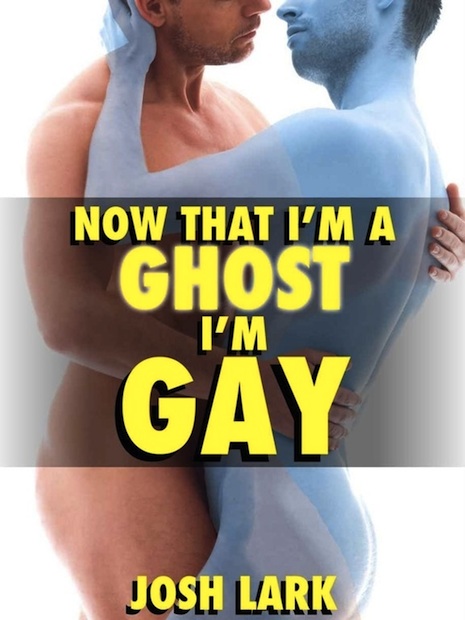

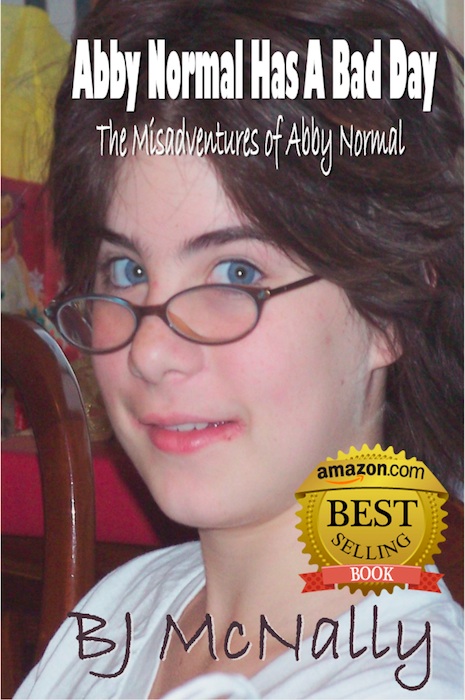


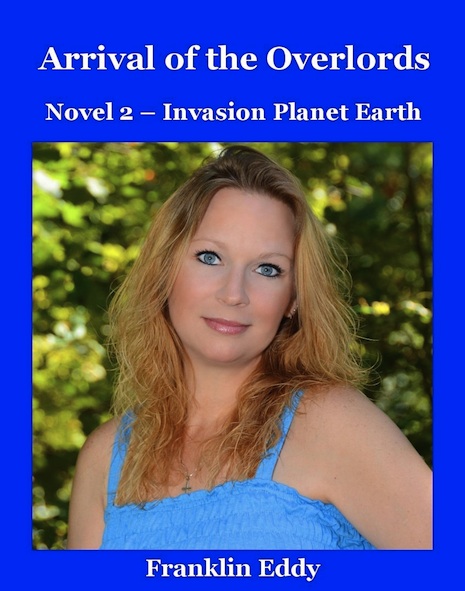





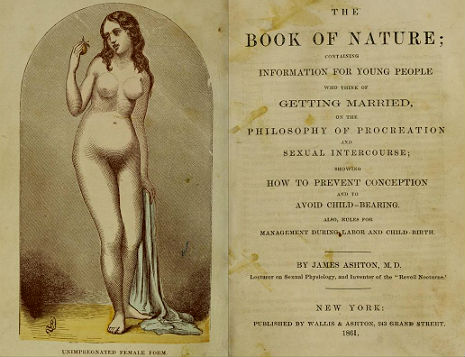
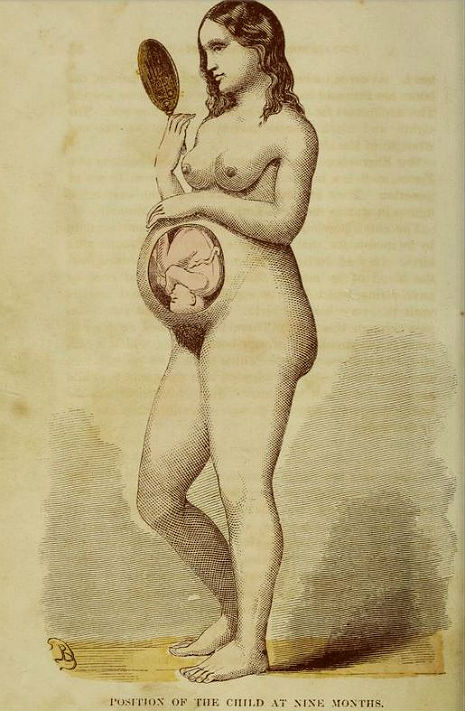

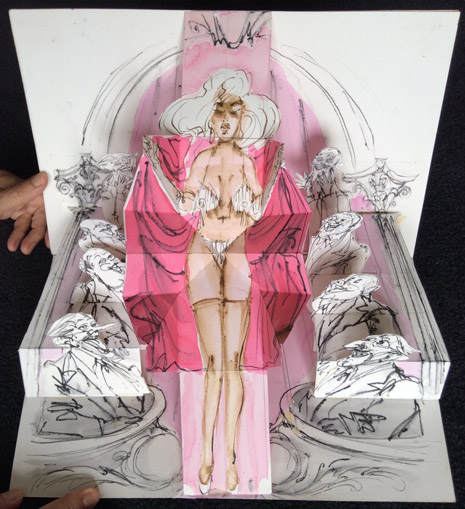



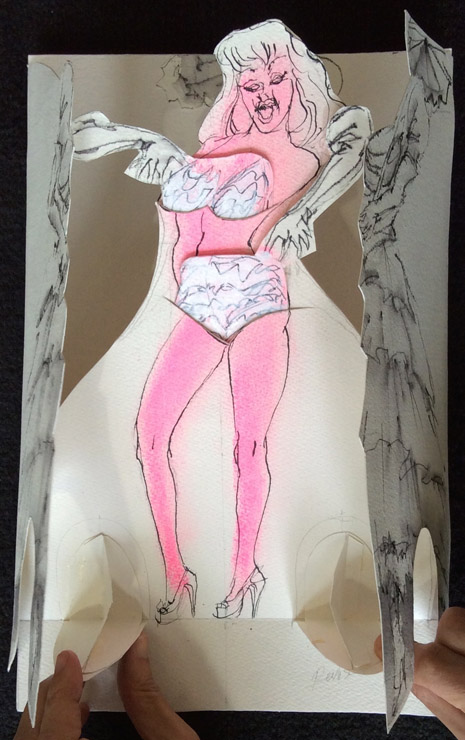










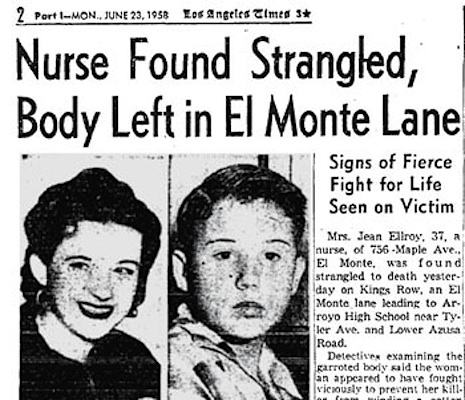

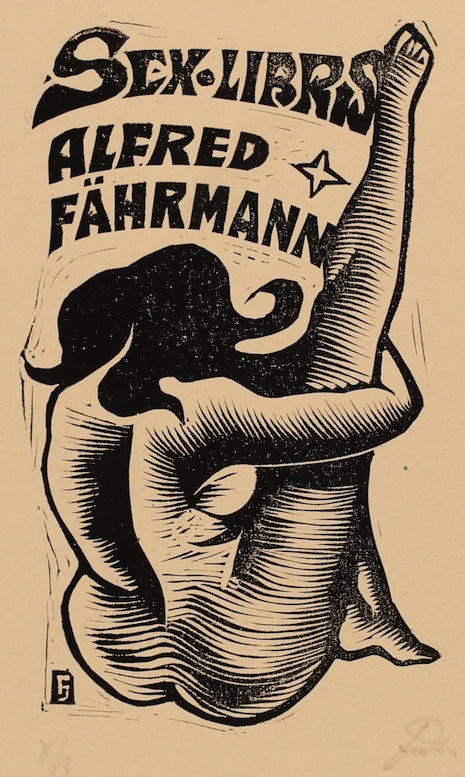
.jpg)
.jpg)
.jpg)